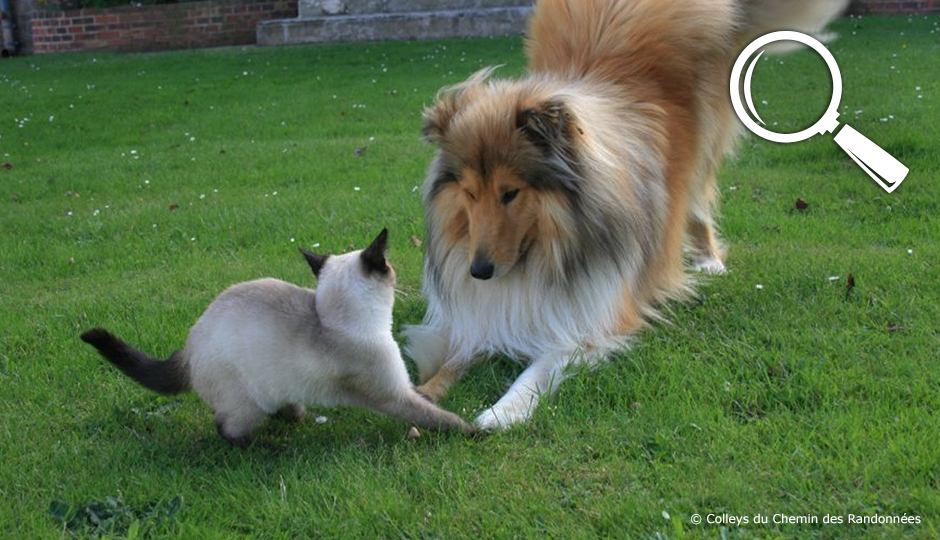Auteur : Agence Science Presse - Catherine Crépeau
Can cats and dogs be contaminated and transmit the coronavirus? Recent research seems to confirm they can contract COVID-19. But that doesn’t mean they can transmit it. The Rumour Detector checked this out.
Last April in New York State, two cats exhibited respiratory symptoms (cough, sniffling, nasal discharge). They turned out to be carriers of the SARS-CoV-2 virus. The first cat’s owner had contracted the disease before her animal. In the second case, nobody in the household showed symptoms, but no test was done to check if anyone carried the virus.
These were the first two cases of pets contaminated in the United States, according to the Centers for Disease Control (CDC). But they aren’t the only ones. Two dogs in Hong Kong also tested positive without showing signs of the disease. In Belgium, the cat of a person contaminated with SARS-CoV-2 was infected and exhibited symptoms. In mid-May, a German shepherd living in New York became the first dog infected in the United States. One of its owners was a carrier of the virus.
These examples show that dogs and cats can be sensitive to the coronavirus. But this doesn’t seem to happen very often. Tests of 15 dogs and 8 cats in Hong Kong families infected with COVID-19 proved negative. During validation of its COVID-19 screening test, the American company IDEXX tested 3500 canine, feline and equine specimens in the United States and South Korea. None were positive. However, it isn’t known if these samples came from households or environments infected by the virus.
The data is limited. But the Canadian Veterinary Medical Association (CVMA) concluded at the end of March that domestic animals have a low risk of infection and disease.
Transmission factor?
Nothing indicates they play a role in the transmission of COVID-19 to humans or other animals, according to the World Health Organization (WHO) and the CDC. To date, all cases of infected dogs and cats show transmission from human to animal, and not the other way around.
A literature review didn’t find studies evaluating fur, hair or skin as sources of transmission in cats or dogs. Noting was found for SARS-CoV-2 or the other coronaviruses at the origin of severe acute respiratory syndrome (SARS) or Middle East respiratory syndrome (MERS). In May, the WHO reported a “possible” case of contamination of two Dutch employees by two breeding minks. But this still hasn’t been proved.
Precautionary measures
Veterinarians can’t say with certainty if the virus can survive on animal hair for a few minutes or a few hours. So they recommend caution and keeping pets away from people who don’t live in the same household.
The CDC and veterinarians also ask owners of domestic animals to limit contact by keeping them indoors as much as possible.
Some researchers are calling for further studies of human-to-animal transmission.
In the meantime, veterinarians are sticking to the standard recommendations. Avoid letting your animal lick your face. And wash your hands regularly when looking after its litter or feeding.





